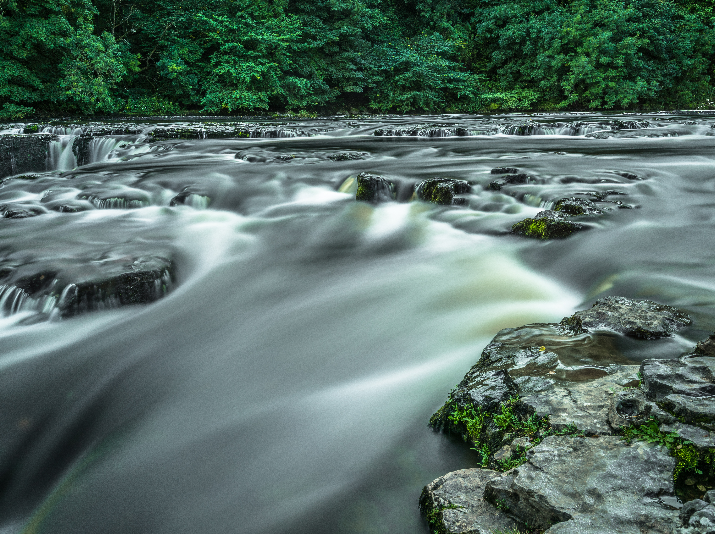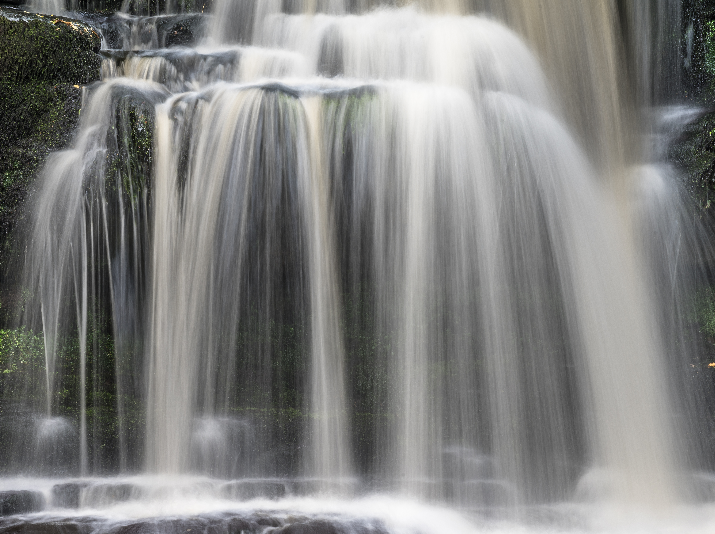To blur water you need to work with slow shutter speeds which result in longer exposures - this means you need to use a good sturdy tripod. The amount of blur you create with the water depends on two things; the speed the water is moving and your choice of shutter speed. To achieve the blurred water you could use either Aperture or Shutter priority or Manual modes on your camera. A good place to start would be Shutter Priority mode with a shutter speed of 1/10th of a second.





